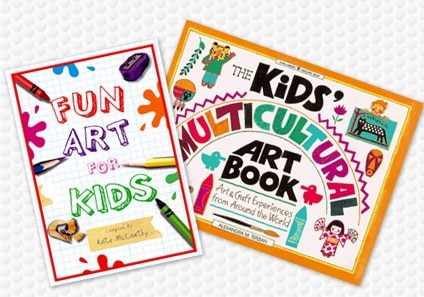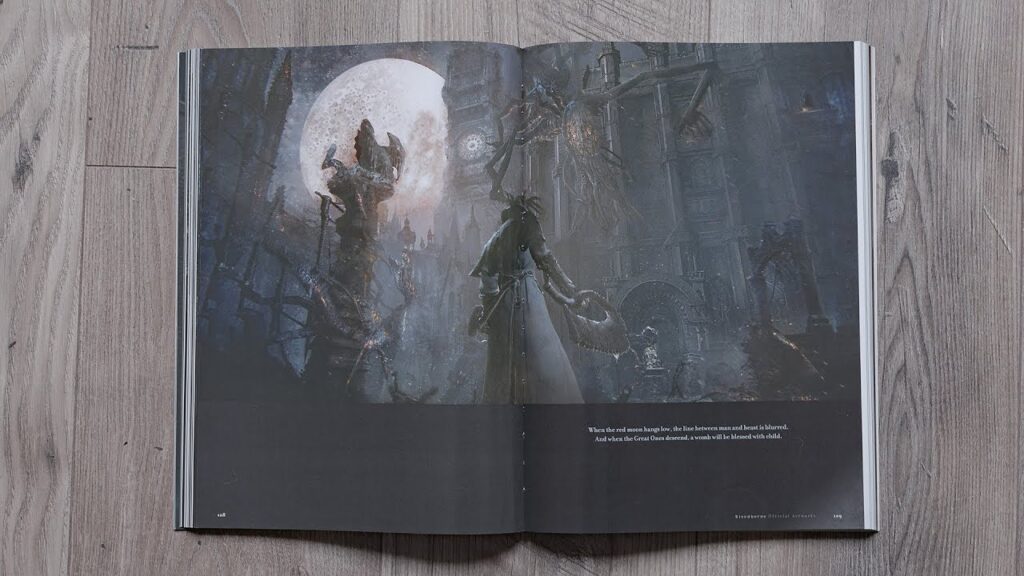Top 5 Printing Techniques That Bring Your art book to Life
Top 5 Printing Techniques That Bring Your art book to Life
Blog Article
Understanding the Refine Behind Top Quality Art Book Printing for Art Fanatics
When it comes to premium art book printing, understanding the ins and outs of the process can boost your appreciation for the last item. As you explore the numerous elements of art book printing, you'll reveal insights that can transform your point of view on art preservation and discussion.
The Importance of Paper Selection in Art Book Printing
When it concerns art book printing, the selection of paper can make or damage the last product. You want your artwork to radiate, and the best paper enhances shade vibrancy and detail. Take into consideration factors like weight, appearance, and surface; these components significantly influence exactly how visitors view your work.
For instance, a larger stock shares high quality and longevity, while a distinctive surface can add deepness to pictures. Smooth paper is outstanding for detailed reproductions, permitting great lines and subtle shades to appear crisp.
Don't forget about the paper's brightness; a brighter sheet can aid colors pop, making your art more eye-catching. You'll likewise intend to think regarding exactly how the paper interacts with inks and whether it can take care of the printing process without contorting or bleed-through. Inevitably, selecting the best paper sets the phase for your art, guaranteeing it captures the target market's focus equally as you imagined.
Selecting the Right Inks for Vivid Reproductions
Selecting the appropriate inks is just as important as selecting high quality paper to achieve dynamic reproductions in your art book. When you're publishing artwork, you desire colors that pop and precisely stand for the initial piece. Choose inks with a high pigment focus; these often tend to produce richer and much more saturated colors.
You could take into consideration making use of historical inks, which withstand fading gradually, ensuring your art book continues to be as striking as the day it was printed. If you're working with pictures or electronically created art, pigment-based inks can provide a larger shade gamut, boosting detail and depth.
Don't forget the finish! Matte and shiny inks can drastically alter the appearance of your artwork, so believe regarding the appearance you're aiming to attain - art book. Ultimately, the appropriate ink choice complements your paper choice, creating a stunning aesthetic experience for your viewers
The Duty of Shade Management in Publish Quality
Shade monitoring plays a necessary duty in accomplishing high print quality for your art book. It ensures that the colors you see on your display translate precisely to the printed page. Without reliable color monitoring, your dynamic art work may appear plain or distorted, threatening your imaginative vision.
To start, calibrate your display frequently. This step aids keep consistent color depiction. Next off, use color accounts tailored for your printer and paper kind. These profiles lead the printer in replicating shades accurately, decreasing disparities between electronic and printed variations.
When you prepare your data, think about utilizing a color area like Adobe RGB or CMYK, depending upon your printer's requirements. Constantly proof your work, as well; an examination print can reveal any possible color issues prior to the last run. By focusing on shade administration, you guard the honesty of your art, guaranteeing your audience experiences it as you intended.

Recognizing Different Binding Strategies
Achieving the best search for your art book exceeds shade administration; binding strategies likewise play a considerable role in its general discussion and longevity. You have several options to examine, each with its own unique features.
If you're intending for a professional feel, instance binding offers a tough alternative with a difficult cover, ideal for showcasing your art work. On the various other hand, best binding offers an adaptable spine while keeping prices down, making it a popular option for softcover publications.
Spiral binding allows your art book to lay level, which is terrific for showing photos without obstruction. Saddle stitching is optimal for smaller sized pamphlets, offering a tidy coating without the mass.
Inevitably, the binding technique you select ought to show your imaginative vision and just how you want readers to engage with your work. See to it to weigh these choices carefully to attain the best result for your project.
The Effect of Publish Dimension and Layout on Discussion
While the selection of print dimension and format might appear secondary to material, they greatly influence just how your art work is regarded. The measurements of your prints can either improve or reduce the influence of your items. Larger prints can draw visitors in, enabling them to appreciate complex information, while smaller styles could require more intimate involvement.

Conservation Methods for Durable Art Books
To ensure your art publications stand the examination of time, it's necessary to execute efficient preservation strategies. Start by saving them in a great, dry environment, far from direct sunshine and moisture. This avoids fading and bending, keeping your pages undamaged. Use acid-free storage boxes or safety sleeves to secure them from dirt and physical damage.
When managing your publications, always clean your hands or wear cotton handwear covers to prevent oils and dust transferring onto the pages. Stay clear of flexing or wrinkling the backs; instead, make use of book supports when presenting them.
For added security, consider spending in archival-quality products for any kind of repair services or improvements. Routinely examine your collection for signs of wear or damages, attending to concerns promptly. By adhering to these simple methods, you can ensure your art publications stay vibrant and easily accessible for years to come, preserving their charm and worth for future you could look here generations.
Working together With Printers for Optimum Outcomes
When you prepare to print your art book, picking the right printer is necessary to attaining your vision. Clear interaction regarding your assumptions and needs will help assure that both you and the printer get on the exact same web page. Let's explore just how to make this collaboration as smooth and efficient as feasible.
Picking the Right Printer

Reliable Communication Approaches
Efficient interaction is necessary for transforming your art book vision right into fact, especially when working together with printers. art book. Start by clearly describing your job's objectives, consisting of design elements, favored products, and any type of specific printing strategies. Do not be reluctant to Visit Your URL share your motivations and referrals; this helps the printer recognize your visual
Be open to feedback, as printers often have useful understandings that can boost your task. This cooperation will guarantee that your art book fulfills your assumptions and radiates in its last form.
Frequently Asked Questions
What Are Typical Blunders to Prevent in Art Book Printing?
When publishing your art book, prevent common mistakes like inadequate resolution images, wrong shade profiles, and disregarding page design. Do not forget to proofread and ascertain information to verify your last item meets your expectations.
How Does Digital Printing Differ From Conventional Printing Methods?
Digital printing uses electronic data to create prints straight, enabling for quicker turnaround and personalization. In contrast, conventional methods entail physical plates, which can be lengthy and less versatile for small runs or unique layouts.
What Is the Typical Turn-around Time for Art Book Printing?
The typical turn-around time for art book printing varies, yet you can expect it to take anywhere from a couple of weeks to numerous months. Variables like complexity, quantity, and printing approach all affect this timeline.
Can I Print a Restricted Version Art Book Financially?
You can print a restricted version art book economically by choosing affordable products, optimizing print runs, and making use of electronic printing options. Mindful planning and budgeting will certainly assist you accomplish high from this source quality without overspending.
What Are the Environmental Considerations in Art Book Printing?
When thinking about art book printing, you need to think regarding environmentally friendly products, sustainable inks, and energy-efficient procedures (art book). Selecting local printers can also minimize your carbon footprint, making your job both lovely and ecologically responsible
Report this page